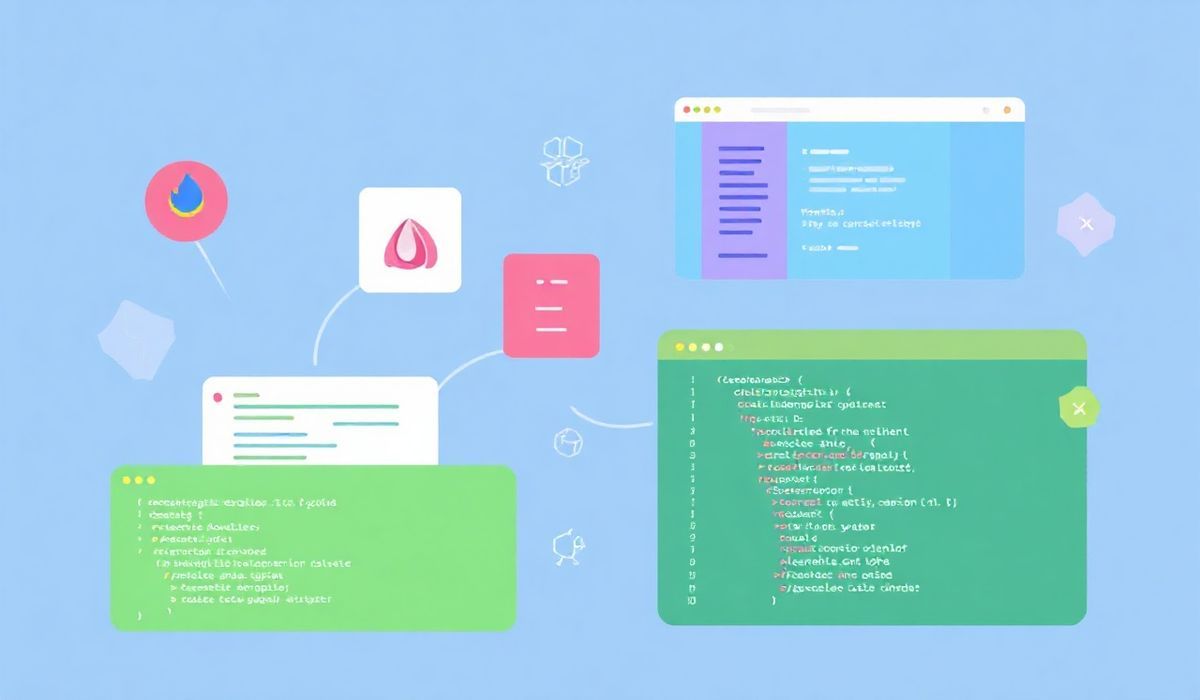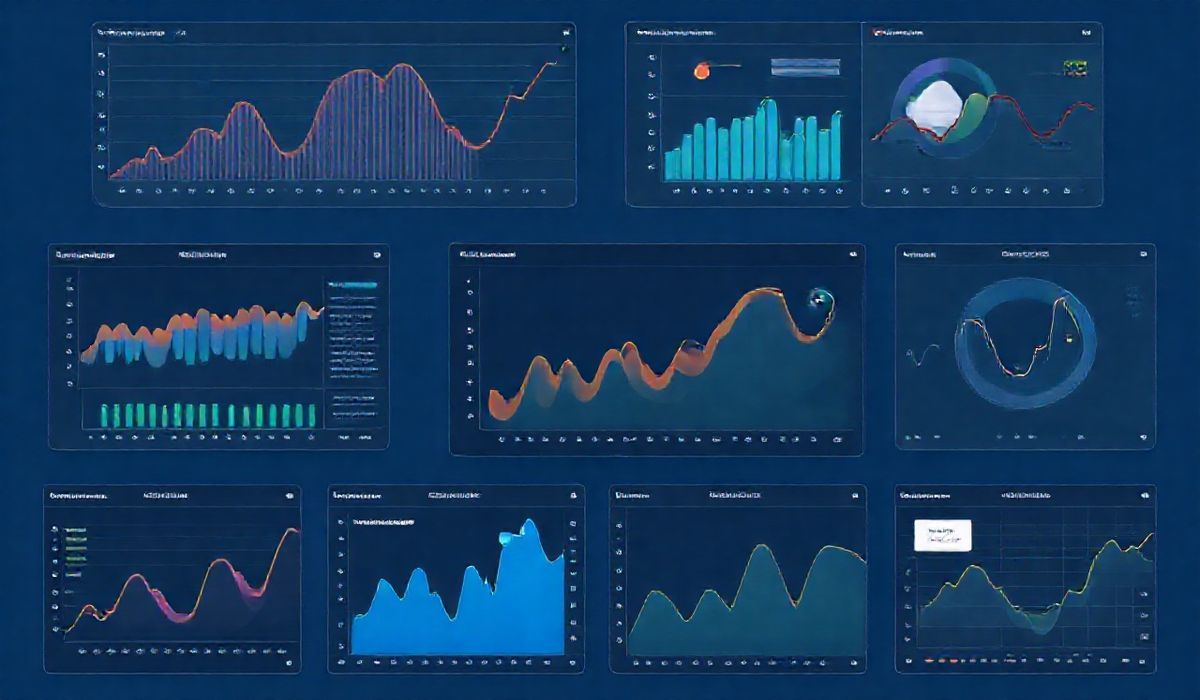Introduction to GraphQL-tag
GraphQL-tag is a powerful library that allows developers to parse GraphQL queries. This post provides an extensive guide on how to use GraphQL-tag, showcasing its various APIs through practical examples. The primary focus is to help developers understand and efficiently use GraphQL-tag in their projects.
Installation
npm install graphql-tag
Usage
GraphQL-tag primarily provides a function that parses GraphQL query strings into the standard GraphQL AST (Abstract Syntax Tree).
Basic Example
import gql from 'graphql-tag';
const query = gql`
{
user(id: 1) {
name
age
}
}
`;
Using with Apollo Client
import { ApolloClient, InMemoryCache, gql } from '@apollo/client';
const client = new ApolloClient({
uri: 'https://example.com/graphql',
cache: new InMemoryCache()
});
client
.query({
query: gql`
{
user(id: 1) {
name
age
}
}
`
})
.then(result => console.log(result));
Defining Fragments
const userFragment = gql`
fragment UserDetails on User {
name
age
email
}
`;
const query = gql`
{
user(id: 1) {
...UserDetails
}
}
${userFragment}
`;
Attaching Variables
const query = gql`
query GetUser($id: ID!) {
user(id: $id) {
name
age
}
}
`;
client
.query({
query,
variables: { id: 1 }
})
.then(result => console.log(result));
Mutations
const mutation = gql`
mutation UpdateUser($id: ID!, $name: String!) {
updateUser(id: $id, name: $name) {
id
name
age
}
}
`;
client
.mutate({
mutation,
variables: { id: 1, name: "New Name" }
})
.then(result => console.log(result));
Subscriptions
import { WebSocketLink } from '@apollo/client/link/ws';
import { ApolloClient, InMemoryCache, gql } from '@apollo/client';
const wsLink = new WebSocketLink({
uri: `wss://example.com/graphql`,
options: {
reconnect: true
}
});
const client = new ApolloClient({
link: wsLink,
cache: new InMemoryCache()
});
const subscription = gql`
subscription onUserUpdated($id: ID!) {
userUpdated(id: $id) {
id
name
age
}
}
`;
client
.subscribe({
query: subscription,
variables: { id: 1 }
})
.subscribe({
next(data) {
console.log(data);
}
});
Complete App Example
Here is a simple app example using multiple GraphQL-tag functionalities:
import React from 'react';
import { ApolloProvider, ApolloClient, InMemoryCache, gql, useQuery } from '@apollo/client';
const client = new ApolloClient({
uri: 'https://example.com/graphql',
cache: new InMemoryCache()
});
const USER_QUERY = gql`
{
user(id: 1) {
id
name
age
}
}
`;
const UserComponent = () => {
const { data, loading, error } = useQuery(USER_QUERY);
if (loading) return Loading...
;
if (error) return Error: {error.message}
;
return (
User Information
ID: {data.user.id}
Name: {data.user.name}
Age: {data.user.age}
);
};
const App = () => (
My GraphQL App
);
export default App;
By following the examples above, you can seamlessly integrate GraphQL-tag into your JavaScript applications and efficiently manage your GraphQL queries, mutations, and subscriptions.
Hash: ad79330a03568e0cafa21481f299cbfc3b2bfa00d335bbd102e11781266299fb




